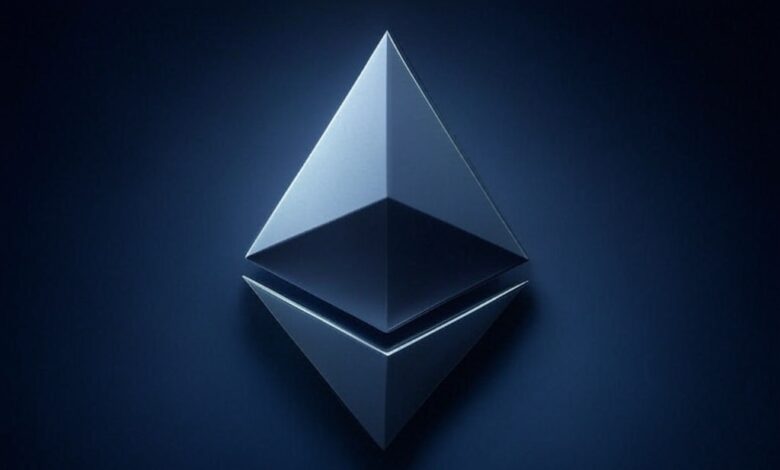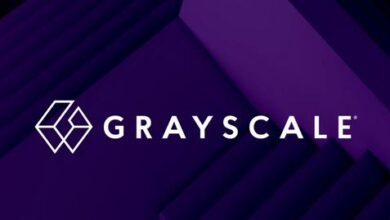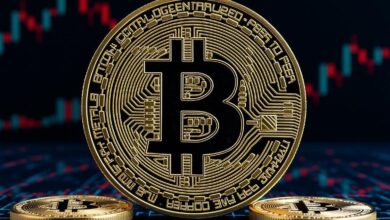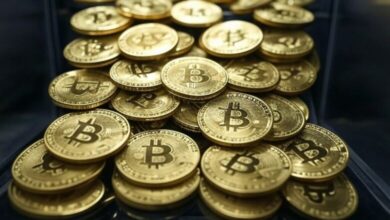
Ethereum developers have set their sights on November 2025 for the rollout of Fusaka, the network’s next significant protocol upgrade.
The release will follow a series of testing phases, with the next developer network (devnet) scheduled to go live this Wednesday.
Public testnets are expected to follow in September and October, paving the way for a mainnet launch ahead of Devconnect, which will be held in Buenos Aires from November 17 to 22.
Fusaka will introduce 11 Ethereum Improvement Proposals (EIPs), including EIP-7825, which focuses on enhancing the network’s resilience to potential attacks while also laying the groundwork for better scalability.
While developers had previously considered expanding the contract code size and implementing advanced gas metering through EIP-7907, those features have now been dropped to streamline the upgrade process.
Another notable change under consideration is an increase in Ethereum’s gas limit to 150 million, a move aimed at accommodating more transactions and improving overall network throughput.
Although the development team remains optimistic about meeting the November deadline, some within the community have voiced concerns about the tight timeline. In a recent post on X, Ethereum protocol contributor Nixo emphasized the urgency of finalizing client releases to stay on track. “If we want to ship by Devconnect, we need our timeline TIGHT,” he wrote.
Eyes Already on the Next Upgrade: Glamsterdam
Even as Fusaka approaches launch, Ethereum developers are already preparing for the network’s next major upgrade, Glamsterdam. A final decision on which features will be included is expected on August 1, during the upcoming AllCoreDevs Execution meeting.
One potential addition to Glamsterdam is a proposal by core developer Barnabé Monnot to reduce Ethereum’s block time from 12 seconds to 6 seconds. Such a change would dramatically speed up the network, enhancing user experience and benefiting decentralized applications, especially those in the DeFi space.
Glamsterdam is tentatively scheduled for release in 2026.
Community Momentum and Vitalik’s Vision
Community input continues to play a key role in Ethereum’s evolution.
Validators have recently shown strong support for raising the gas limit to 45 million, a more modest increase than what’s being considered for Fusaka. The move is seen as a way to cut transaction costs and further improve scalability.
According to Ethereum co-founder Vitalik Buterin, nearly 50% of staked ETH is currently backing the proposal.
To sum up, Fusaka and Glamsterdam mark the next steps in Ethereum’s ongoing development, aimed at improving performance and preparing the network for future demands.
While challenges around timing and implementation remain, the back-to-back upgrade schedule reflects a steady, incremental approach to protocol evolution, one that balances ambition with the realities of technical complexity.




